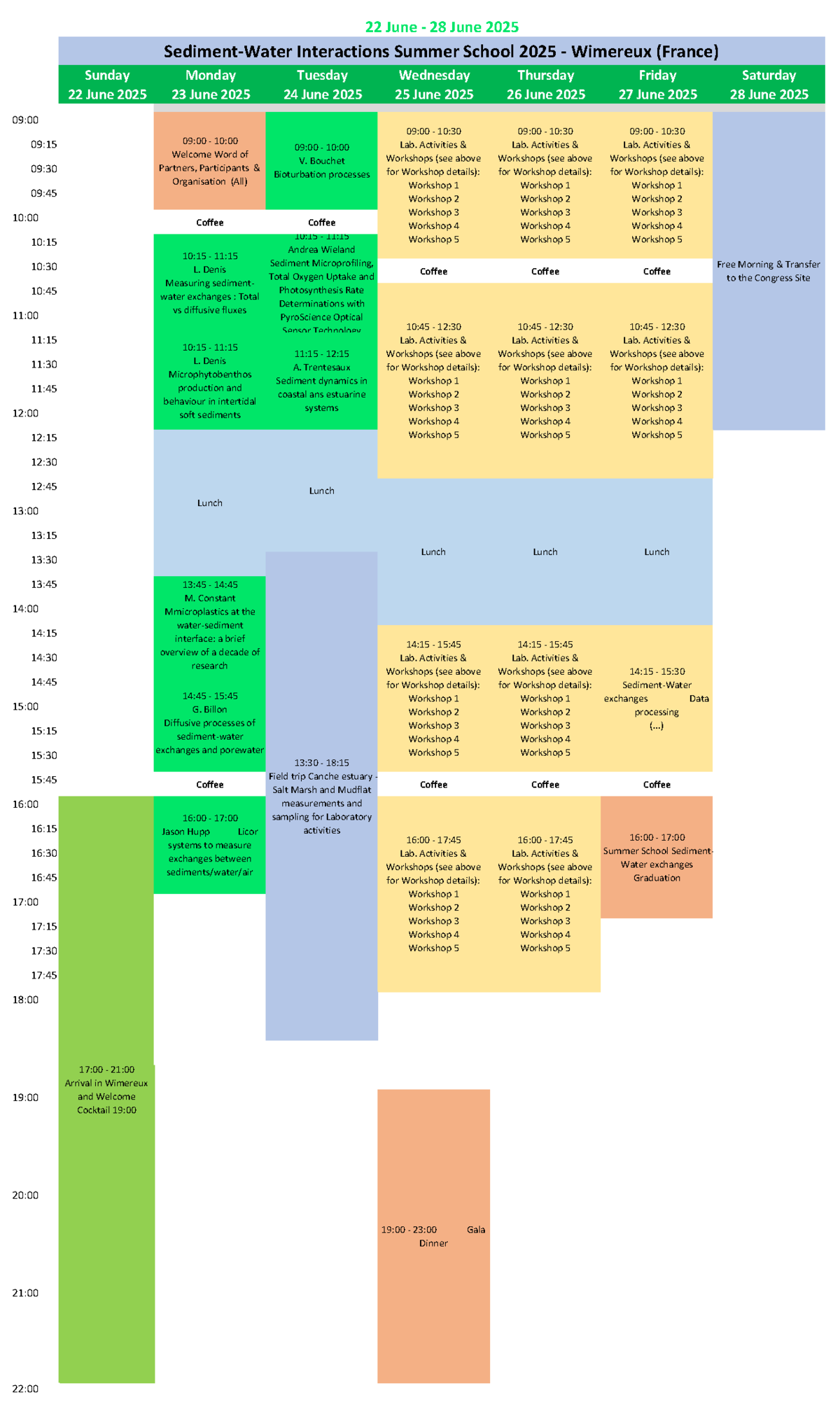Program
The Summer School will focus on theoretical background and practical measurements of sediment-water interactions, with a focus on 5 workshops. Each participant will spend half a day specifically on each workshop, with practical demonstrations, and practical teamwork (3-6 persons per team).
Introductory and theoretical background lectures will be given on Monday 23 June and Tuesday 24 June in the morning.
On Tuesday afternoon, a field trip (by bus) will be organized to the nearby Canche estuary (50 kms), for estuarine description, samplings and field demonstrations.
From Wednesday 25 June early morning until Friday 27 late morning, five different workshops will be supervised by specialists in water-sediment interactions, a list of whom you can find in the section Lecturers and Workshop supervisors.
Please note the financial support of the companies Pyroscience (Germany) and LiCor (USA & Europe), but also Elementar and ScientEquip (France) but also the active participation of Pyroscience (Germany) and LiCor (USA & Europe) with staff from these companies specialized in the operation of these equipment to Workshops 2 and 4, with demo in the field and in the laboratory.
The five topics detailled are as follows :
Supervisors: M. Constant, G. Billon, N. Spilmont, V. Bouchet
Keywords: Microplastics, bioturbation, burial, sediments
Plastic waste and its fragments (microplastics; <5 mm) have been observed in almost all types of environments. However, the mechanisms underlying the flow and transport processes of plastics remain largely unknown. This is particularly valid for the water-sediment interface, where complex interactions occur between particles, as well as benthic organisms, and influence their vertical and horizontal distribution patterns. Motion-behaviour of benthic organisms lead to sediment mixing. In addition to sediment, they likely contribute to the burial of microplastics deeper in the sediment. Coastal and intertidal sediment can be considered as micro plastic reservoir. In this workshop, we will try to quantify how much benthic organisms (polychaete, crustaceans) can enhance plastic burial in muddy sediments, compared with particles alone.
Techniques: Core description, sediment thieving, stereomicroscope, fauna characterization
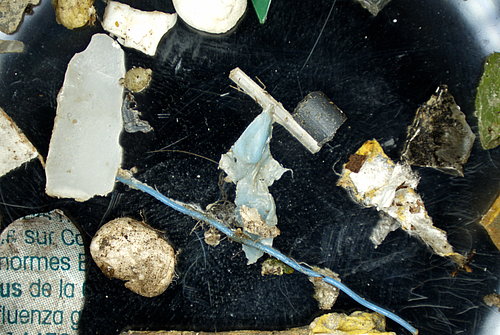
Supervisors: L. Lesven, G. Billon, G. Duong, L. Denis, Pyroscience
Keywords: DET, DGT, chelating resin, exposition, sediment core, sulphides, trace metals, iron, manganese, pH, dissolved oxygen, gel, diagenetic processes, sediment-water interface, porewater
Passive DGT (Diffusive Gradients in thin films) and DET (Diffusive Equilibrium in Thin films) samplers are valuable tools for studying diagenetic processes at the sediment-water interface. These devices make it possible to sample various chemical elements such as trace metals, sulphides and pH directly in sediment porewaters. Thanks to their ability to provide data at high spatial and temporal resolution, DGT and DET samplers offer a better understanding of the chemical gradients and fluxes that occur during the bacterial degradation of organic matter. In this workshop, we will review the various key processes taking place at the sediment-water interface during early diagenesis and the techniques classically used to understand this mineralization of freshly deposited organic matter. Finally, we will take a closer look at passive sampling tools (principle, manufacturing, exposition…), which can be used in these same sediment porewaters.
Techniques: Field coring of sediment for potentiometric and amperometric measurement of pH, Eh and oxygen; Assembly and in situ exposition of DET and DGT for 2D measurement of sulphides, pH, iron and manganese in sediment porewaters; Use of microsensors for laboratory measurements of oxygen and pH at the sediment-water interface.
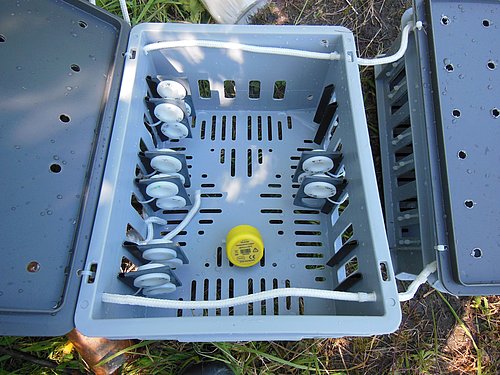
Supervisors: F. Gevaert, G. Duong, F. Goulard, L. Denis
Keywords: Microphytobenthos, migratory behaviour, oxygen production, fluorescence, tidal rhythm
Microphytobenthos (MPB) is a key primary producer in soft coastal sediments, contributing significantly to primary production. In many estuaries and embayments, MPB strongly influences trophic networks, either being consumed directly in the surface biofilm by deposit feeders or resuspended into the water column to serve as food for filter feeders.
Typically, MPB resides in the surface biofilm of muddy sediments, migrating upwards to access sunlight during emersion and downwards to avoid resuspension at high tide. However, recent studies indicate that MPB behaviour is influenced by multiple factors, whose relative importance remains unclear in estuarine systems.
This workshop aims to assess MPB migratory behaviour and production budgets from intertidal mudflats under various light constraints in controlled experiments. Additionally, adaptive strategies to low or intense light will be explored. The project will involve field sampling and small-scale measurements.
Techniques : Pulse-Amplitude-Modulation(PAM) Fluorometry, Oxygen microprofiling, Pigment analysis, Porosity measurements, Sediment coring, Photosynthetically Active Radiation(PAR)-Light intensity
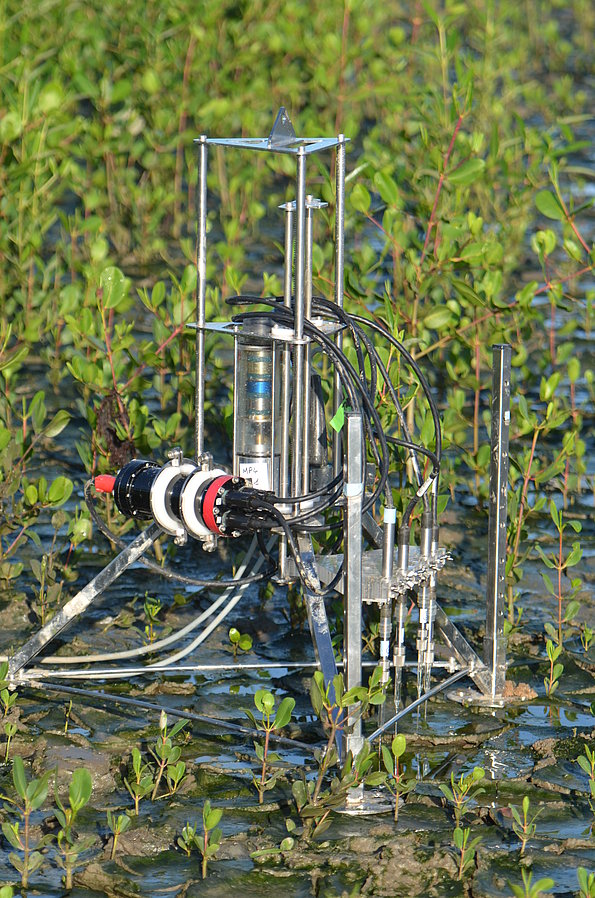
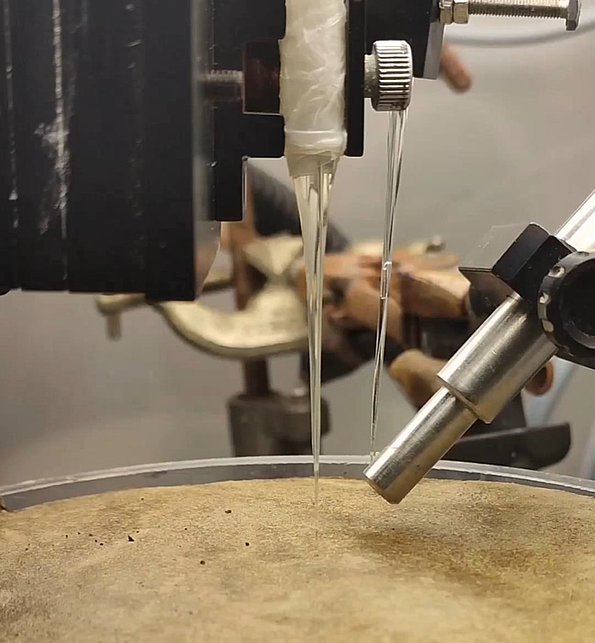
Supervisors: L. Denis, G. Duong, N. Spilmont, LiCor, Pyroscience
Keywords: Dissolved fluxes, gaseous fluxes, Sediment-Water Interface, Sediment-Air Interface, incubations
The transitions between aquatic, atmospheric, and terrestrial environments are key interfaces for understanding the stocks and exchanges between these compartments, a concept well-established in global cycle studies. Therefore, measuring sediment-water and sediment-air exchanges is crucial for understanding the budgets of various dissolved and gaseous elements.
In this workshop, we will specifically assess the fluxes of oxygen and carbon in the intertidal zone of an estuarine mudflat. Cores will be retrieved and incubated in the laboratory, using bottom water as a control. Field measurements will be conducted using (dark, transparent) benthic chambers.
The aim is to obtain an ‘instantaneous’ carbon budget, integrating both sediment-water exchanges (during immersion at high tide) and sediment-air exchanges (during emersion at low tide).
Techniques: Whole-core incubation technique, Sediment coring, Benthic chambers, Fiber-optic oxygen meter, InfraRed Gas Analyzer (IRGA)
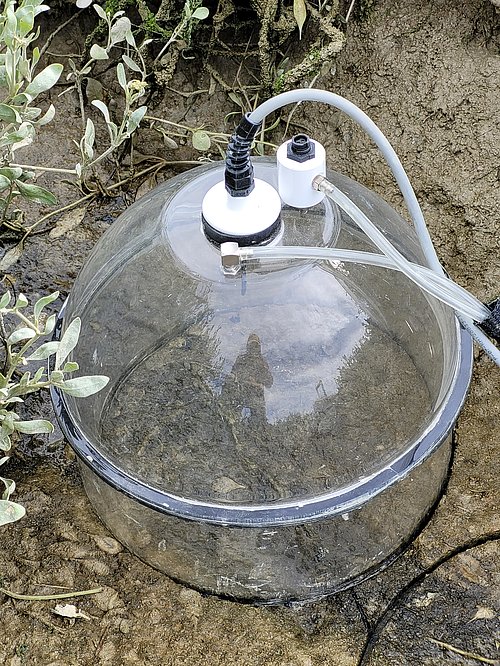
Supervisors: A. Trentesaux, J-Y. Reynaud, O. Cohen
Keywords: Sediment provenance, tidal currents, waves, wind, stratigraphy, tidal rhythms
As soon as you approach the sea bottom, whatever you look for (benthos, fishes, chemical quality, organic matter type or content, dissolved gas, ...), you enter in the sedimentary world. Estuaries are transition zones between rivers and the ocean. In those places, the sediment distribution is mostly governed by physical processes acting with various strengths, rhythms and orientations. Using practical (mostly local i.e. N-France) examples, we'll try to understand the general sedimentation ins transition zones and discuss the way time is recorded within the sediment (stratigraphy).
Techniques: Core description, grain-size analyses, stereomicroscope, Geographical Information System

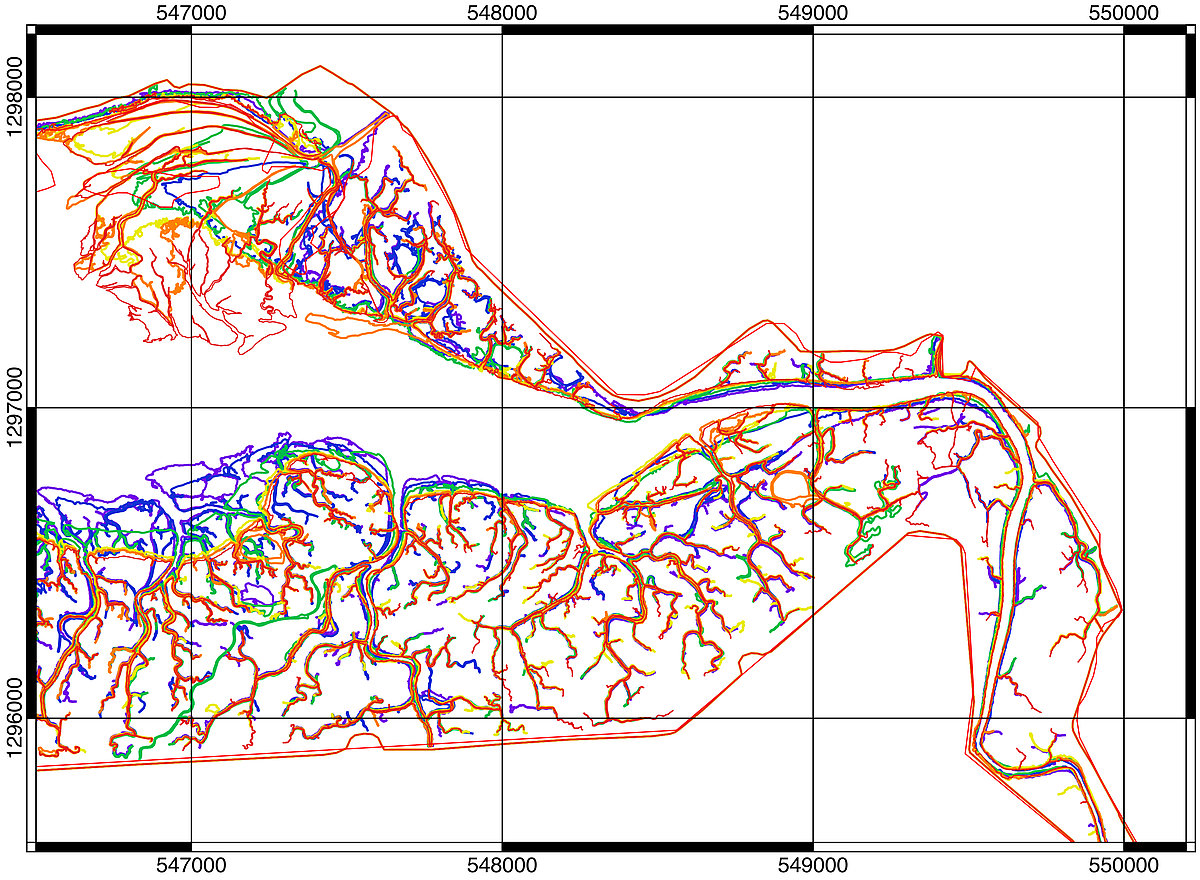
Hereunder, you can find the preliminary programme of the Sediment-Water Interaction Summer School.
